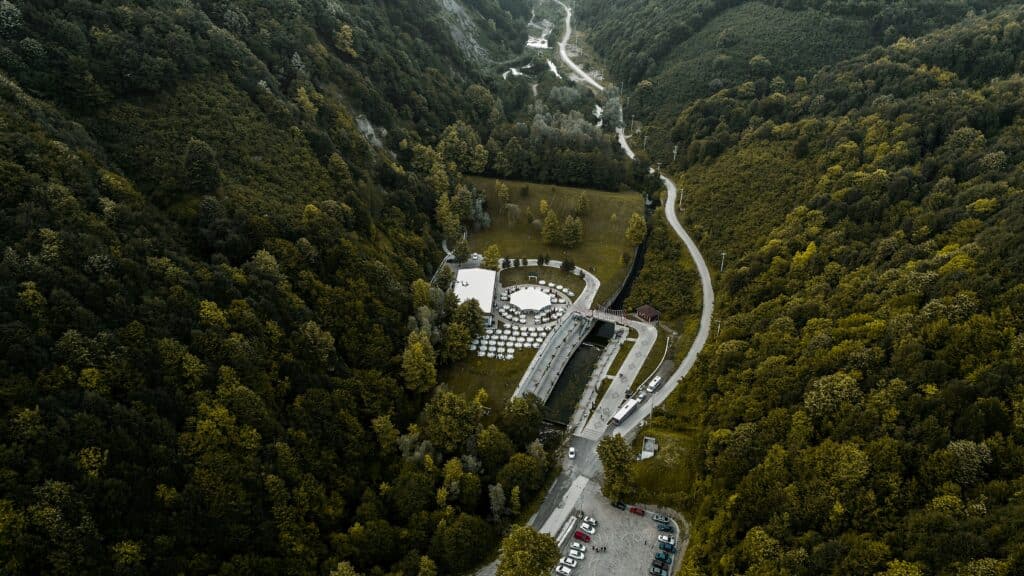Moving Large Trees Safely
Importance of Tree Relocation
Tree relocation, especially for large specimens, can be essential for several reasons. Urban development, landscaping redesign, or the need to clear space for new construction may necessitate the movement of mature trees. Relocating a tree instead of removing it provides numerous environmental benefits, such as reducing carbon footprint and preserving the aesthetic and shade value the tree offers. Moving large trees safely ensures these advantages are maintained without compromising the health of the tree or the safety of individuals involved.
Factors to Consider Before Moving
Before embarking on the task of moving large trees, several critical factors must be evaluated to ensure the process is efficient and successful.
Suitability of the New Site
Assessing the new planting site is crucial. Factors such as light levels, soil pH, drainage, and exposure must be considered. Ensuring these conditions align with the tree’s requirements significantly impacts the success of the relocation process (Penn State Extension).Root Pruning
Root pruning is an essential preparatory step. This involves techniques such as spading and trenching to encourage the growth of new feeder roots within the zone of the future root ball. Conducting root pruning several months to a year before the actual move minimizes transplant shock (Penn State Extension).Moisture Management
Ensuring that the root ball receives adequate moisture, especially during dry seasons, is vital. Monitoring soil moisture levels and providing sufficient watering are critical steps. Applying mulch over the root ball without contacting the trunk aids in retaining moisture and supporting the plant’s health during and after relocation (Penn State Extension).Professional Expertise and Equipment
Given the complexity and physical demands of moving large trees, it is advisable to hire a professional with the necessary equipment and knowledge. This ensures the task is performed safely and effectively. Individuals with health issues or those not physically fit should avoid undertaking this heavy proposition (Penn State Extension). For a list of professional services, visit our tree relocation companies page.
By carefully considering these factors, homeowners in Chattanooga can increase the likelihood of a successful and safe tree relocation process. For more information on the techniques and best practices, refer to the section on professional techniques and equipment and explore our related articles on emergency tree relocation and relocating mature trees.
Best Practices for Tree Transplanting
When moving large trees safely in Chattanooga, adhering to specific practices ensures the tree’s successful transition and long-term health.
Optimal Timing for Transplanting
Choosing the right time to transplant is crucial. For most trees, the recommended period is during fall or winter when the tree is dormant and not actively growing. This dormancy minimizes the shock the tree undergoes during the move, enhancing its chances of survival.
To optimize the timing further, consider local climate conditions and the specific species of the tree. Deciduous trees generally fare better when transplanted in late fall, after leaf drop, while evergreens can be transplanted either late fall or early spring before new growth begins.
| Tree Type | Best Time to Transplant |
|---|---|
| Deciduous Trees | Late Fall |
| Evergreens | Late Fall, Early Spring |
Professional Techniques and Equipment
Transplanting mature trees requires expertise and the right tools. Before starting the transplant process, a thorough site assessment is necessary. Factors such as soil quality, drainage, sunlight exposure, and proximity to structures or utilities must be considered to ensure compatibility with the tree’s needs.
Excavation Techniques: Skilled hands with years of experience are essential for digging around and under the root ball without damaging the tree. This process often involves specialized shovels and spades.
Root Ball Preparation: Once the root ball is excavated, it’s securely wrapped with tree wraps and ropes to maintain integrity during the move.
Heavy Machinery: For towering trees, heavy machinery like cranes and loaders are required to lift and transport the tree safely (Treemover).
Replanting: The new site should be pre-prepped, ensuring that the hole is twice the width of the root ball but not deeper than its height. This allows the root system to spread more easily and stabilize the tree.
| Equipment Needed | Purpose |
|---|---|
| Shovels and Spades | Digging around and under the root ball |
| Tree Wraps and Ropes | Secure the root ball during transport |
| Cranes and Loaders | Lifting and transporting the tree |
| Soil Amendments | Enhancing the soil quality at the new location |
Reviewing these essential steps and employing professional techniques and equipment ensures a smooth transition for your large tree. For more detailed information on the equipment used in tree transplanting, visit our guide on tree transplanting equipment, and for emergency situations, check out our page on emergency tree relocation.


